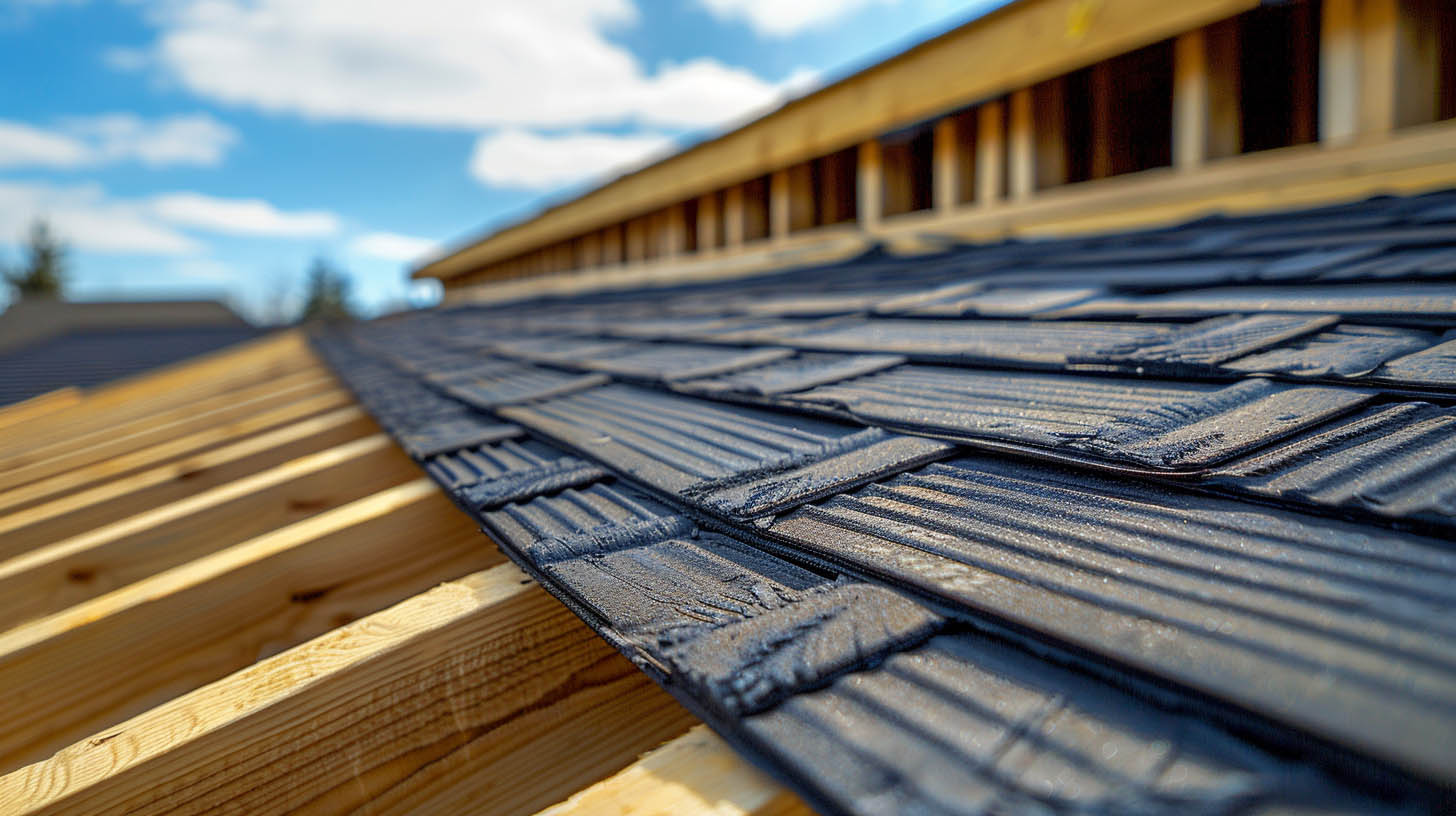Introduction
In the construction and maintenance of roofing systems, understanding the components that contribute to durability and efficiency is crucial. Cant strips, though often overlooked, play a significant role in enhancing roof performance by facilitating smooth transitions and improving water management. This comprehensive guide delves into what cant strips are, their benefits, and their application in roofing systems.
Understanding Cant Strips
Definition and Purpose
A cant strip is a triangular-shaped piece typically placed at the junction between the flat surface of a roof and any vertical surface, such as parapet walls or roof equipment curbs. Its primary function is to ease the angle of intersection between these surfaces, reducing stress on the roofing membrane which can prevent premature wear and potential leaks.
Material Composition
Cant strips are made from various materials, each selected for specific properties like durability, fire resistance, and compatibility with other roofing components. Common materials include:
Wood: Often used for its ease of installation and natural strength.Perlite or Mineral Fiber: These are chosen for areas requiring improved fire resistance, especially important in buildings where a higher fire rating is necessary.
Benefits of Using Cant Strips
Enhancing Membrane Performance
The smooth transition facilitated by cant strips allows roofing membranes to perform without excessive stress at critical points. This arrangement helps in extending the life of the roofing material by avoiding sharp bends that could lead to cracks and splits.
Improving Water Drainage
By smoothing the roof profile, cant strips help prevent water pooling, which is crucial in maintaining the integrity of the roof. Effective water drainage is essential in avoiding the accumulation of moisture that can lead to leaks and structural damage.
Compatibility and Integration
Ensuring that cant strips are compatible with all elements of the roofing system is vital. This compatibility aids in achieving a cohesive and secure roofing system that can resist environmental stresses and provide long-lasting protection.
Application and Installation
When to Use Cant Strips
Incorporating cant strips is particularly important in:
Complex Roof Designs: Where the roof intersects with vertical surfaces.High-risk Water Accumulation Areas: Such as where the roof meets a vertical wall, which are prone to water ingress if not properly managed.
Professional Installation
The correct installation of cant strips is key to their effectiveness. It requires precise placement and secure attachment to ensure that they perform their intended function. Professional installation by experienced contractors like Summit Exteriors ensures that cant strips are integrated properly within the roofing system, enhancing the roof’s overall performance and longevity.
Choosing the Right Cant Strips for Your Project
Assessing Needs
The choice of cant strips should be based on specific roof requirements, including the type of roofing material, the building’s architectural style, and the local climate. This assessment helps in selecting the most suitable material and design of cant strips that will best complement and enhance the roofing system.
Expert Consultation
For projects in Coeur d'Alene, ID, consulting with seasoned professionals like Summit Exteriors, which has been serving the North Idaho community since 2021, can provide insights into the most effective solutions tailored to the unique needs of your building.
Conclusion
Cant strips are a small yet crucial component in the construction of durable and efficient roofs. They not only extend the lifespan of the roofing membrane but also enhance the building’s overall waterproofing and structural integrity. By understanding their importance and ensuring they are properly integrated, building owners can significantly improve the performance of their roofing systems. Investing in quality cant strips and professional installation is a proactive step towards safeguarding the longevity of your property.



